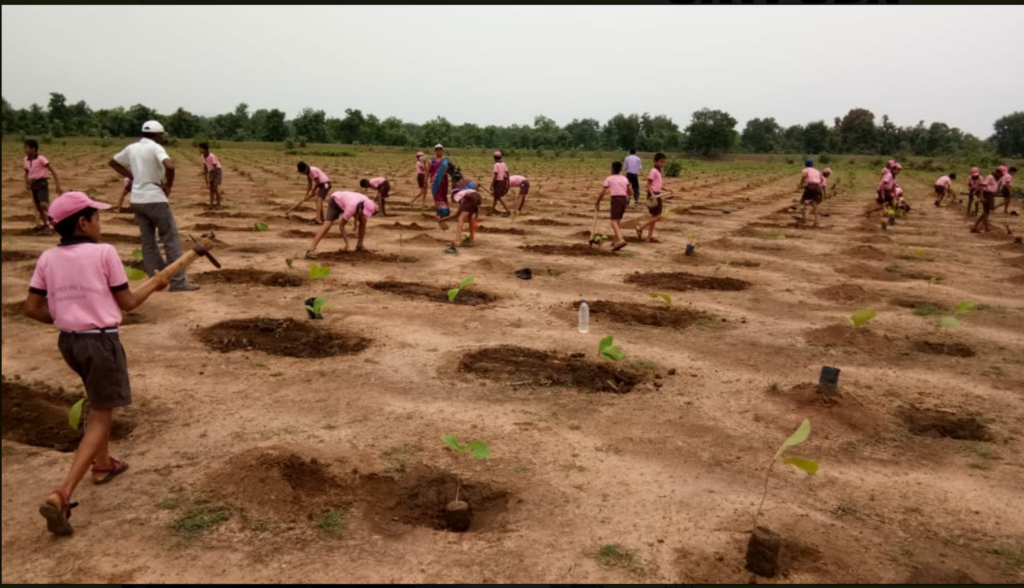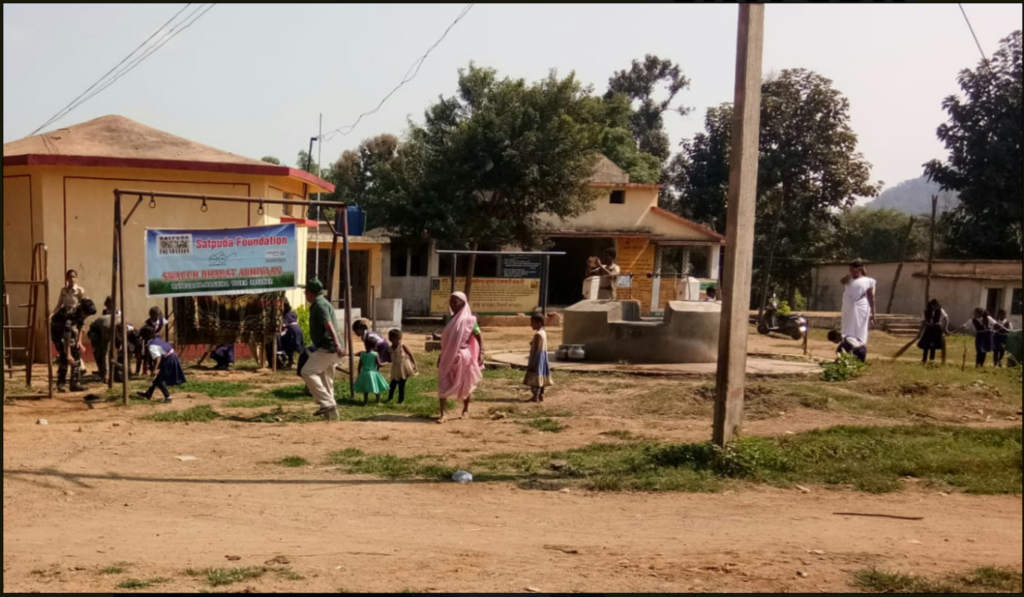Adding a layer to wildlife conservation in India.
Arun Akshaylal Naika has lived his entire life in the Pench village in Madhya Pradesh. As head of the Forest Protection Organisation of his village, he has witnessed a transformation in his community. Where once there was a tradition of exploiting the forest for food, wood, and other necessities, with little regard for sustainability or preservation of the ecosystem (an approach that also increased people’s vulnerability to attacks from tigers and other wildlife), the village has now learned to sustainably coexist with nature. In large part, this change has resulted from the development of an eco-sensitive area — more commonly known as a buffer zone — around the Pench Tiger Reserve.
These multi-purpose buffer zones act as a form of insulation for the wildlife ecosystem of an area, to shield them from human disturbance (or more specifically, anthropogenic pressure), and vice versa.
– Mandar Mingle, Deputy Director of the Satpuda Foundation
A buffer zone is an area of transition between wildlife habitat and human development, typically situated around a protected national park or sanctuary. “These multi-purpose buffer zones act as a form of insulation for the wildlife ecosystem of an area, to shield them from human disturbance (or more specifically, anthropogenic pressure), and vice versa,” explains Mandar Mingle, the Deputy Director of the Satpuda Foundation, an NGO dedicated to educating and assisting villagers in reducing human-wildlife conflict. “They provide a habitat corridor for wildlife movement,” he says “allowing species [tigers, chital, wild boar, Indian wolf, and others] to migrate, forage, and reproduce, while [also] allowing restricted access to forest produce to the local population. These zones contribute significantly to the overall health of ecosystems and help mitigate the impacts of climate change.” Recognizing these benefits, in June 2022, the Supreme Court of India passed a mandate that every national park and wildlife sanctuary in the country should be bordered by a one-kilometer (0.6-mile) eco-sensitive zone (ESZ).
However, buffer zones have faced considerable pushback from the villages surrounding them due to the restrictions they pose on farming and the use of forest produce, which tend to be the villages’ primary economic activities. The Satpuda Foundation was created to resolve these conflicting interests between protection of wildlife — particularly the Bengal tiger species that is most densely populated in Central India — and the concerns of the villagers who rely on forest produce and timber to sustain their livelihood.

The foundation has made considerable strides in resolving this conflict of interest, employing such measures as enabling villagers to use liquefied gas cylinders instead of burning forest wood to meet their cooking needs, installing solar panels to provide electricity, and, perhaps most importantly, expanding awareness of the ecological sensitivity of the area and of ways to live alongside protected species of wildlife. Foundation staff have also helped community members find work related to ecotourism, assisted women interested in micro-enterprise opportunities, and provided farmers with access to better equipment, higher quality cattle, training in organic farming and financial management, and more.
Nonetheless, buffer zones face risks of encroachment and degradation from rapid urbanization, agricultural expansion, and industrialization — all of which disrupt the balance of nature and lead to habitat loss, soil erosion, water pollution, and increased human-wildlife conflicts. The consequences are far-reaching, as they affect the biodiversity, water quality, and livelihoods of local communities.
One way to protect these buffer zones, Mingle says, would be to strengthen the existing legal framework. Though there are laws in place for safeguarding buffer zones, enforcing and expanding these laws is crucial. Of course, Mingle says, “wildlife management necessitates people management, and people have different economic needs and aspirations. Any legislation that aims to be effective will have to take into account the people that get affected as well.”

Educating the public about the importance of buffer zones and their role in preserving biodiversity is paramount, and Mingle points out that advocacy campaigns and community workshops can foster a sense of responsibility for these areas, promoting eco-friendly development practices within the buffer zones and encouraging agroforestry and ecotourism that can generate income while preserving the environment.
It is also critical that government agencies, non-governmental organizations, researchers, and local communities work together to devise comprehensive conservation strategies that address the unique challenges faced by each buffer zone.
With these essential transitional areas under pressure from development, India is at risk of losing not only biodiversity, but also ecosystem resilience. Raising awareness, implementing effective policies, and involving local communities can secure buffer zones and ensure a sustainable future for both nature and humanity.


